Hyundai Tucson Vs Subaru Forester: Which Crossover is Right for You?

The Subaru Forester and Hyundai Tucson are too staples of the compact SUV world.
Both have been on sale for decades and have evolved through generations of model designs. Currently, the Subaru Forester is the more senior member, with the current design having been on sale since the 2019 model year. It was refreshed this year though, and introduced a new off-road model called the Wilderness. The Hyundai Tucson is all new this year and is available in a variety of configurations and price points.
But which compact crossover is right for you? We break down the features and specifications to help you decide.
Cabin Space
Tucson: The current generation Tucson has stretched out, with a wheelbase that now measures 108.5 inches (2,755 mm). This helps contribute to one of the largest amounts of rear seat legroom in the segment, measuring at 41.3 inches total (1,050 mm). Up front, occupants enjoy even more legroom, with 41.4 inches (1,052 mm) on hand. Head room isn’t quite class leading, with lower trims offering 40.1 inches (1,019 mm) up front, and 39.4 inches (1,002 mm) for rear-seat passengers. Higher trims gain a panoramic sunroof, which cuts those numbers down to 38.1 and 39.0 inches (968 and 990 mm).
Get a Quote on a New Hyundai Tucson or Subaru ForesterShoulder room is 57.6 inches (1,464 mm) in front, with 54.5 inches (1,385 mm) of hip room. Rear space is a bit more of a premium, but not by much. The numbers there are 56.0 and 53.9 inches (1,422 and 1,369 mm).
Forester: The Forester holds the edge in front legroom, measuring 43.3 (1,101 mm), but can’t match the Tucson in rear legroom, coming up a bit short at 39.4 inches (1,000 mm). Front-seat shoulder room is identical in both vehicles at 57.6 inches (1,464 mm), while the Forester has a slight advantage in the back with 56.0 inches (1,422 mm) of space.
The Forester’s tall glasshouse affords front-row passengers with up to 41.2 inches (1,047 mm) of headroom, and back-seat riders aren’t far behind with 39.6 inches (1,007 mm). Pick up the large sunroof and the second-row suffers more, shrinking below the Tucson to 37.7 inches (957 mm). But front headroom with the big sunroof still leans in the Forester’s favor, at a measured 40.2 inches (1,020 mm).
Bottom Line: As always, it is recommended to have both drivers and passengers sit in each vehicle to see how they fit. The Tucson holds the rear seat legroom advantage as well as the head room advantage when equipped with the panoramic sunroof. It might be the better choice for those consistently driving around adult-sized rear passengers. However, the Forester offers more front seat room and may be the better choice if one or two full-size adults will be the lone occupants the majority of the time.
Cargo Space and Towing
Tucson: Hyundai quotes a generous 38.7 cubic feet (1,096 L) of trunk space when the seats are raised. Lower the back seats and cargo capacity jumps to a segment leading 80.3 cubes (2,274 L). That’s more than most mid-size SUVs. Hybrid versions of the Tucson do see a slight reduction in cargo space when the rear seats are lowered, but still measure in at 74.5 cubic feet (2,110 L).
All Tucsons can tow up to 2,000 lb (907 kg) when properly equipped.
Forester: The Forester’s design priority is space for passengers, not their cargo. Trunk space is 28.9 cubic feet (818 L) when the second row is in use. Lower the rear seats and this expands to 74.2 cu. ft. (1,960 L).
Owners can tow up to 1,500 lb with the Forester when properly equipped.
Bottom Line: Although neither are designed to transport nor tow heavy loads, the Hyundai Tucson holds an advantage on both towing and cargo capacity over the Subaru Forester.
Technology and Features
Tucson: Every Tucson comes standard with a touch screen measuring either 8.0 inches or 10.25-inches depending on trim level. Wireless Android Auto and Apple CarPlay are available on certain trim levels while HD Radio is standard, as are six speakers. Keyless entry, a driver’s auto up/down window, two USB slots, and 17-inch alloy wheels are also part of the Tucson SE package.
The SEL adds another pair of USB outlets in the second row as well as a heated power driver’s seat. Hyundai’s BlueLink connected car system is part of the package, while the exterior gains LED lighting all around. The optional Convenience Package adds a hands-free power liftgate, 19-inch alloys, power sunroof, a fully digital instrument cluster, lane view cameras, wireless charger, dual-zone auto climate control, and more. The Premium Package brings in leather seating, a Bose audio system, as well as some additional exterior styling upgrades.
SEE ALSO: 2022 Hyundai Tucson Hybrid Review: Stylin’ On YouThe top of the line Limited adds the massive panoramic glass roof, voice recognition, a power-adjustable passenger seat, driver’s memory seat function, heated rear seats, the larger infotainment screen, 360-degree camera, and more.
Forester: Lower trims make do with a 6.5-inch touchscreen, with Sport and up adopting a larger 8.0-inch unit. An additional screen sits up top right underneath the windshield base to provide additional information. Every Forester comes standard with Subaru’s EyeSight driver assist technology and LED steering responsive headlights. The Premium trim level adds a power driver’s seat, panoramic moonroof, push button start and 17-inch alloy wheels.
The Sport upgrades to 18-inch wheels and orange exterior accents. The brand’s dual-function X-MODE is included at this trim level as well as the selectable SI-DRIVE. Opting for the Limited trim adds leather seating, a power rear lift gate as well as dual-zone climate control. The top of the line Touring includes navigation, a power passenger seat, saddle brown leather, and Subaru’s DriverFocus distraction mitigation system.
New this year is the Forester Wilderness that features plenty of off-road ready upgrades including 9.2-inches of ground clearance, all terrain tires, a front view monitor, and water resistant interior seating surfaces.
Bottom Line: The Forester features plenty of technology to help drivers in slippery driving situations, such as X-MODE and the upgrades offered on the Wilderness. Although both vehicles feature most of the modern conveniences that consumers expect, the Tucson has a more user-friendly, better integrated design. There are also useful features on the Hyundai missing from the Subaru like the lane view and 360 degree cameras. The advantage here lies with the Tucson.
Powertrains
Tucson: Hyundai currently offers three powertrain options on the current Tucson. Sticking to purely gasoline propulsion, the SUV comes equipped with a 2.5-liter naturally-aspirated four-cylinder, producing 187 horsepower and 178 lb-ft of torque. An eight-speed automatic is the only transmission available, paired to either standard front-wheel drive or optional all-wheel drive.
The hybrid model trades the 2.5-liter for a smaller, 1.6-liter turbocharged unit. An electric motor augments the four-cylinder for a combined system output of 227 hp, with 258 lb-ft of torque. The electric motor draws from a 1.49-kWh battery that’s placed under the rear seats. In an unusual move for hybrids, Hyundai has fit the Tucson with a six-speed auto instead of a CVT. All-wheel drive is standard on the hybrid.
SEE ALSO: Subaru Forester vs Nissan Rogue: Which Compact Crossover is Right for You?There is also the Tucson Plug-in Hybrid variant, which uses a stronger electric motor for a total system output of 261 hp.
Forester: Subaru continues to stick the brand’s flat-four “BOXER” design for the Forester’s engine. The 2.5-liter engine sits low in the nose to keep the center of gravity closer to ground. It gives up a small power disadvantage to the ICE Tucson, with 182 hp and 176 lb-ft of maximum torque under the hood. Like the Tucson, it is only available with an automatic transmission, a continuously variable unit that sends power to all four wheels courtesy of Subaru’s symmetrical all-wheel drive system.
Bottom Line: When it comes to the regular, non-hybrid models, the Tucson and Forester are a wash in terms of power and performance. But Hyundai offers consumers two hybrid options on top of the regular gasoline-powered model.
Fuel Economy
Tucson: The front-wheel drive, gas-only Tucson is officially rated at 26 mpg city and 33 mpg highway. Combined, it posts a 29 mpg score. All-wheel drive models sees those numbers drop to 24 mpg city, 29 mpg highway, and 26 mpg combined, respectively.
The hybrid model, despite being more powerful, naturally is more efficient. Stick to its base Blue trim and you’ll find 38 mpg across the board; move up to the better equipped models and the Tucson scores 37 mpg city, 36 mpg highway, and 37 mpg combined.
The Tucson Plug-in Hybrid is rated at 80 MPGe, or 35 mpg once the electric battery is depleted. It is capable of travelling upwards of 33 miles on a single charge of electricity before the gasoline engine is required.
Forester: The Subaru achieves 29 mpg average according to the EPA, split between 26 mpg city and 33 mpg highway (Wilderness models excluded). Those are the same numbers as the front wheel drive Tucson, but remember, every Forester comes with all-wheel drive standard.
SEE ALSO: 2022 Subaru Forester Wilderness Review: First DriveBottom Line: In non hybrid form, the Forester beats the Tucson’s fuel economy numbers when equipped with all-wheel drive. Even the front-wheel drive Tucson can only match the fuel economy of the all-wheel drive Forester. But there are much more efficient hybrids versions of the Tucson available.
Safety
Tucson: The 2022 Tucson earns a four-star safety rating from the National Highway Traffic Safety Administration (NHTSA) and a Top Safety Pick + from the Insurance Institute for Highway Safety (IIHS).
Standard safety assists include automated emergency braking, automatic on/off LED headlights, lane keep and follow assists, and high beam assist. The SEL trim adds blind spot monitoring, rear cross-traffic alert, safe exit assist, and adaptive cruise control. Limited trims add a 360-degree camera, rear parking sensors, blind-spot view monitor, rain-sensing wipers, and Highway Driving Assist.
Forester: Subaru makes a big deal about the brand’s safety record, and for good reason. The Forester receives slightly better marks than the Tucson, earning top marks from both (NHTSA) and (IIHS). For the former, that translates to an overall full five-star rating while it earns a Top Safety Pick + designation from the IIHS.
As mentioned, Subaru’s EyeSight safety system is standard on all Foresters. It includes pre-collision braking, lane departure and sway warning, adaptive cruise control with lane centering, and high beam assist. Blind-spot monitoring with rear cross-traffic alert, driver attention alert, and reverse automatic braking are all available as well.
Bottom Line: Both vehicles offer the latest in safety technology, but the Forester holds the small edge when it comes to crash test ratings.
Styling
Tucson: The Tucson looks unlike most other compact SUVs. It’s the front end that gets a lot of the attention here, with Hyundai’s designers cleverly hiding the lighting elements within the grille, only giving the Tucson its “face” when lit. Other eye-catching features include a full-width LED bar connecting the taillights, and the textured chrome D-pillar, which echoes a design found on the wheel arches.
SEE ALSO: Hyundai Tucson Hybrid vs Ford Escape PHEV ComparisonEdgy and angular, the Tucson cuts a striking profile, and manages to look at home in and out of the city.
Forester: The Forester has always featured an ultra-conservative styling direction, and it continues to this day. Some say the Forester looks like the box it came in, and we can’t argue. The squared-off shape does led to tremendous sight-lines and overall, the Forester is conservatively handsome, if not anonymous. Generously sized fender flares help give the flanks some definition, and this year Subaru has added some more flair to the front end of the Forester. It comes off a bit busy though, as it’s not overly coercive.
Bottom Line: The Forester is more conservative and the design may age better. But the Tucson has the more modern and overall appealing design inside and out.
Pricing
Tucson: The Tucson lineup starts with the $26,745 SE trim in front-drive form, including destination. Next up is the value-packed SEL, which comes in at $28,045. It offers two option packages: the $2,600 Convenience Package, and the $1,700 Premium Package.. The sporty N-Line sits in the middle of the lineup, priced from $32,145.
New this year is the XRT trim package, a mild off-road upgrade that costs $32,795 after destination charges. Finally, at the top of the gas-only range sits the $36,245 Tucson Limited. Adding AWD to any of the aforementioned trims bumps the asking price up by $,1500.
AWD is standard on the hybrid models, the Blue being the most affordable at $30,595. The SEL Convenience is next at $33,195, followed by the Hybrid Limited at $38,895. The Plug-in Hybrid commands a price of $36,145 for the SE or $43,945 for the limited.
Forester: Subaru asks $26,570 including destination for the lowest Forester trim, called simply Forester. Next up is the Premium ($29,570) trim followed by the $31,140 Sport. New this year is the off-road ready Wilderness trim level that costs $34,195
The fancier Limited trim level goes for a price of $33,250. At the top of the pile is the Forester Touring that garners a MSRP of $36,670 after destination charges.
Bottom Line: Trim for trim, the Forester holds a price advantage when all-wheel drive is applied to the Tucson. The Hyundai does offer a wider range of options though including more affordable front-wheel drive models and the range of hybrids. Still, Subaru holds a slim advantage here.
In Conclusion
Both of these vehicles garner a lot of praise around the AutoGuide offices. If you’re the more outdoorsy type, the Subaru Forester will be hard to ignore. The standard AWD, high ground clearance, and available Wilderness model underlines its tougher, more off-road-friendly nature. A simpler interior just means it’s easier to clean, too.
As most buyers will be spending most of their time on roads, we have to give the edge to the Hyundai Tucson. Hyundai has done a fantastic job with the latest generation of Tucson, creating a very user friendly interior crammed full of comfort and convenience features. For budget conscious families, the SEL AWD offers the most value for the money.
Become an AutoGuide insider. Get the latest from the automotive world first by subscribing to our newsletter here.

A 20+ year industry veteran, Mike rejoins the AutoGuide team as the Managing Editor. He started his career at a young age working at dealerships, car rentals, and used car advertisers. He then found his true passion, automotive writing. After contributing to multiple websites for several years, he spent the next six years working at the head office of an automotive OEM, before returning back to the field he loves. He is a member of the Automobile Journalists Association of Canada (AJAC), and Midwest Automotive Media Association (MAMA). He's the recipient of a feature writing of the year award and multiple video of the year awards.
More by Mike Schlee



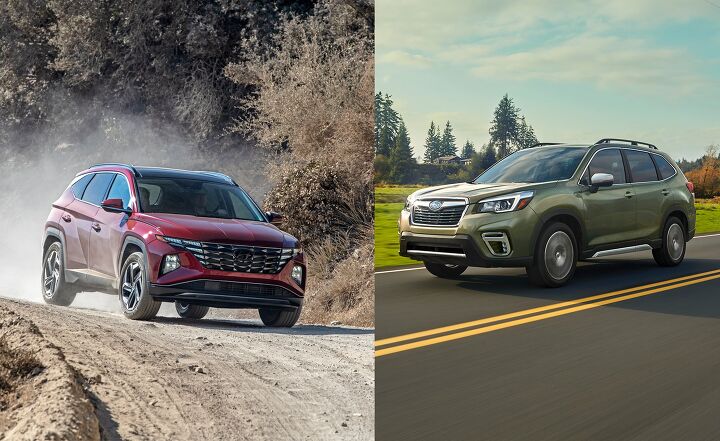


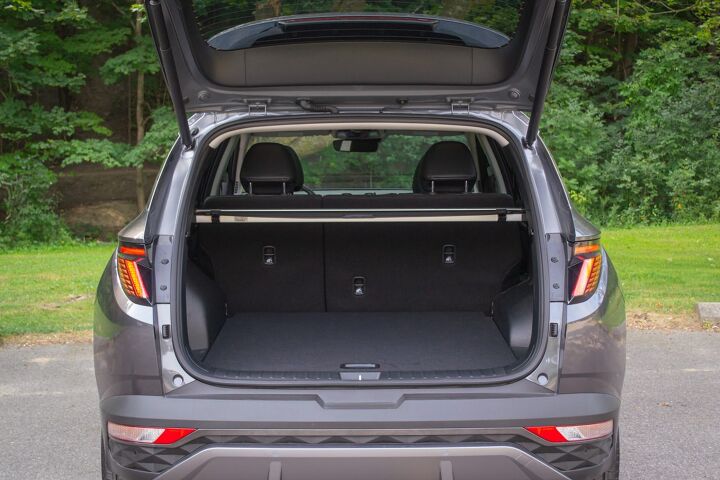




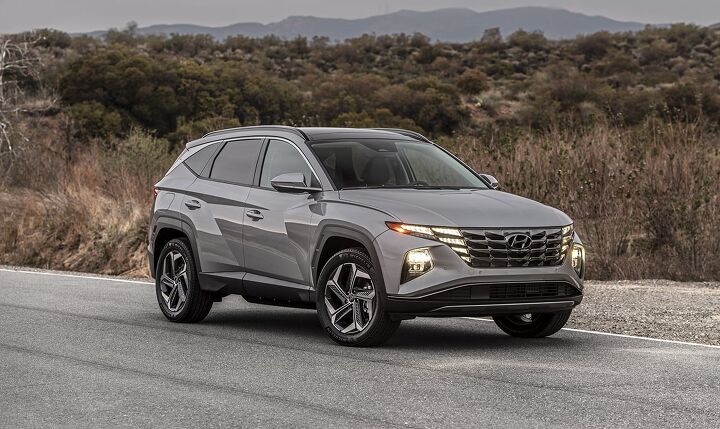






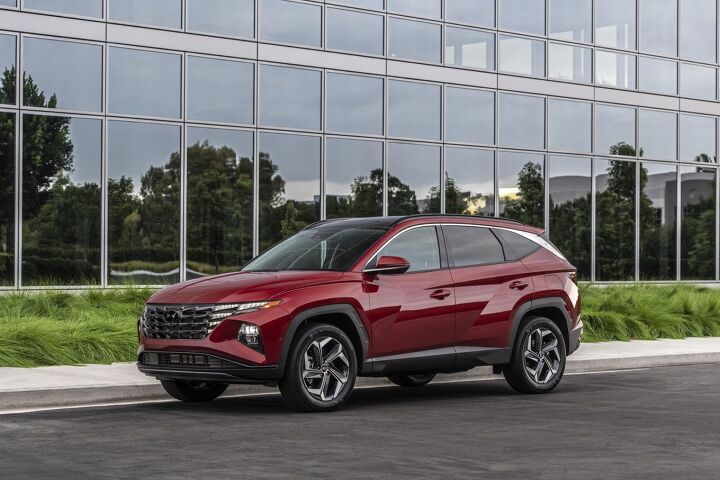













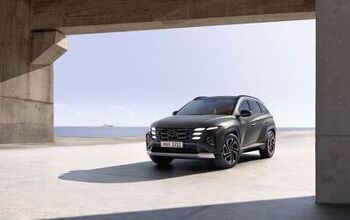

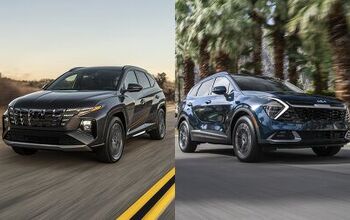

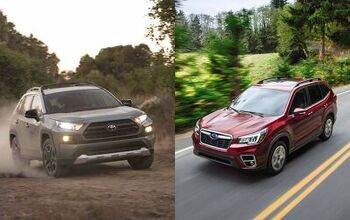



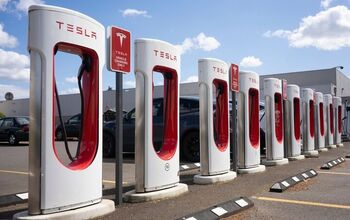
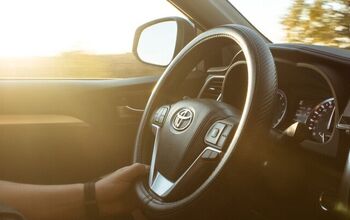
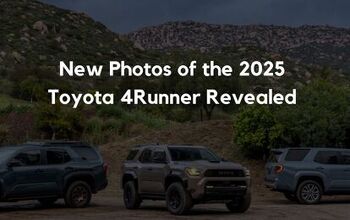

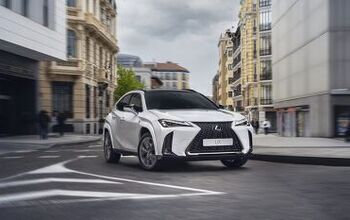


Comments
Join the conversation